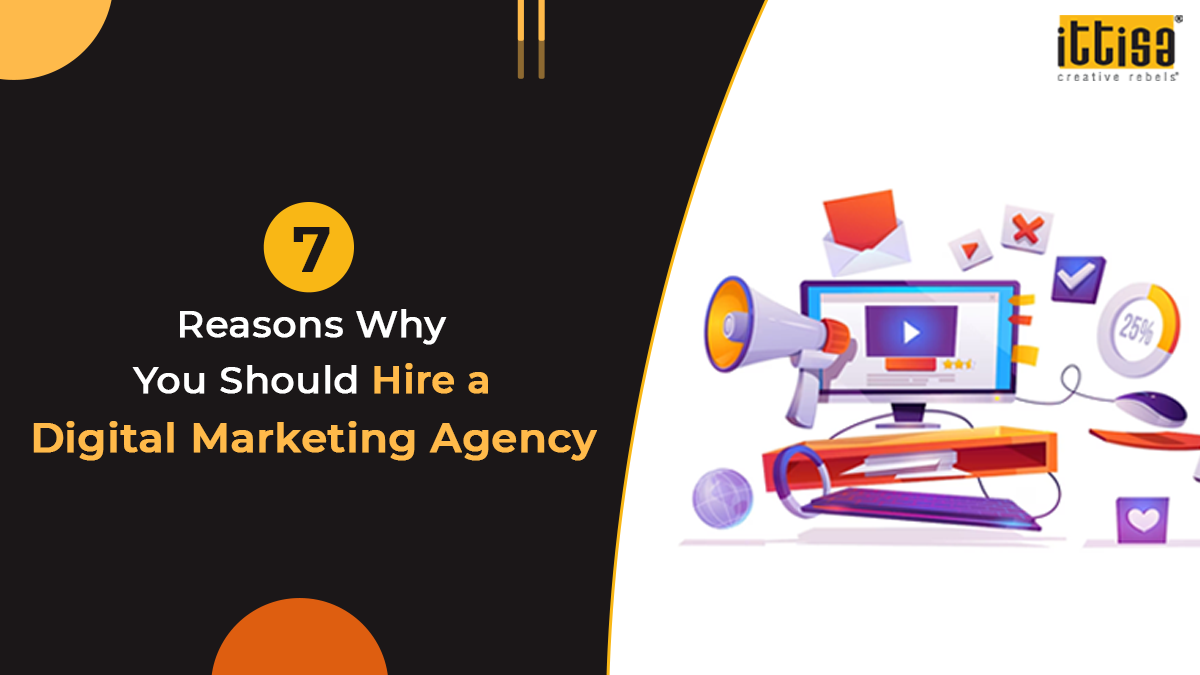November 15, 2019
5 Ways to Get More Clicks Without Clickbait Headlines
Innumerable exclamation marks, strong and heavy-sounding words and hyper-dramatic titles - the perfect combination of clickbait headlines. The Internet is full of them as everyone is trying to make readers click their headline over their competitor’s.
However, the truth is that clickbait headlines can be misleading and often fail to deliver what they promise. This is one of the reasons why Facebook updated its algorithm for reducing clickbait titles on the user’s newsfeed. Google also has taken a lot of steps to ensure that clickbait titles don’t get much prominence.
“8 out of 10 people will read a title, but just 2 out of 10 readers will continue reading the article. This is why it is imperative to put a huge emphasis on headlines.”
The good news is, you can still get ample clicks on your headlines without resorting to clickbait tactics. Here are the 5 best ways to ensure more clicks and higher engagement -
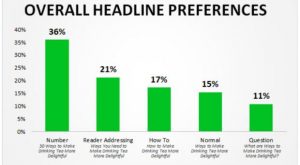 Source: hootsuite.com[/caption]
You can use numbers in your blog title in several ways. It can be to show successful metrics or results, statistics, listing steps to reach a certain goal or sharing tips. In the case of ‘steps to follow’ blogs, having too many steps can overwhelm or confuse the reader. It’s better to keep it within 10 points.
Note: Numbers that are written as digits work better than numbers that are spelt out.
Source: hootsuite.com[/caption]
You can use numbers in your blog title in several ways. It can be to show successful metrics or results, statistics, listing steps to reach a certain goal or sharing tips. In the case of ‘steps to follow’ blogs, having too many steps can overwhelm or confuse the reader. It’s better to keep it within 10 points.
Note: Numbers that are written as digits work better than numbers that are spelt out.
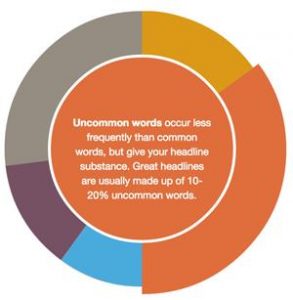 Source: CoSchedule[/caption]
In the case of Twitter, using up the entire character limit for a headline may not always drive positive results. Ideally, tweets that have 70 to 100 characters are known to get 17% higher engagement rate.
Source: CoSchedule[/caption]
In the case of Twitter, using up the entire character limit for a headline may not always drive positive results. Ideally, tweets that have 70 to 100 characters are known to get 17% higher engagement rate.
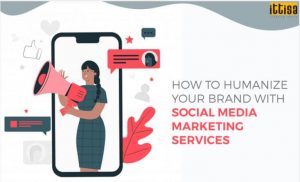
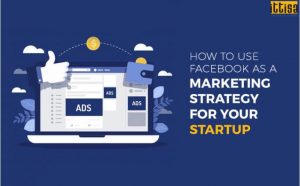 At times, a first-person headline can also prove to be very powerful. It tends to provide an insight into the author’s life, thus making readers feel more connected.
At times, a first-person headline can also prove to be very powerful. It tends to provide an insight into the author’s life, thus making readers feel more connected.
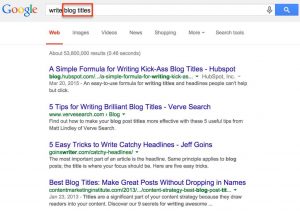 Source: FreeManSocialMedia[/caption]
At times, it may be difficult to incorporate the exact keyword in the title. For example, the keyword ‘Bangalore digital marketing agency’ cannot be used as it becomes a grammatical error. Using ‘digital marketing agency in Bangalore’ will still be relevant as the context remains the same and Google will still identify it as a keyword.
Tip: Including the keyword at the beginning of the title can lead to better rankings.
Source: FreeManSocialMedia[/caption]
At times, it may be difficult to incorporate the exact keyword in the title. For example, the keyword ‘Bangalore digital marketing agency’ cannot be used as it becomes a grammatical error. Using ‘digital marketing agency in Bangalore’ will still be relevant as the context remains the same and Google will still identify it as a keyword.
Tip: Including the keyword at the beginning of the title can lead to better rankings.
 Source: jseo.com[/caption]
A headline can be both click-worthy and shareable without being labelled as clickbait. Audiences nowadays are aware of the increasingly tricky headlines and other gimmicks. What is important is to have a headline that triggers curiosity and evokes positive emotions. To know more about how to get maximum engagement for your content, leave us a message and we’ll get back to you.
Source: jseo.com[/caption]
A headline can be both click-worthy and shareable without being labelled as clickbait. Audiences nowadays are aware of the increasingly tricky headlines and other gimmicks. What is important is to have a headline that triggers curiosity and evokes positive emotions. To know more about how to get maximum engagement for your content, leave us a message and we’ll get back to you.
1. Include Numbers
According to reports, “there’s a 20% increase in CTR for blog titles that contain a number.” Headlines that contain numbers perform better compared to those without them. This is because numbers are predictable and easily processed by the human brain. A blog title with a number indicates that a reader will be offered a specific set of ideas and also maintains familiarity. [caption id="attachment_12954" align="aligncenter" width="500"] Source: hootsuite.com[/caption]
You can use numbers in your blog title in several ways. It can be to show successful metrics or results, statistics, listing steps to reach a certain goal or sharing tips. In the case of ‘steps to follow’ blogs, having too many steps can overwhelm or confuse the reader. It’s better to keep it within 10 points.
Note: Numbers that are written as digits work better than numbers that are spelt out.
Source: hootsuite.com[/caption]
You can use numbers in your blog title in several ways. It can be to show successful metrics or results, statistics, listing steps to reach a certain goal or sharing tips. In the case of ‘steps to follow’ blogs, having too many steps can overwhelm or confuse the reader. It’s better to keep it within 10 points.
Note: Numbers that are written as digits work better than numbers that are spelt out.
2. Keep the Headline Short
A study found that “for Facebook, posts with 40 character headlines got 86% higher engagement compared to others, while posts that had 80 character headlines got 66% lower engagement.” Often people think that writing a long headline means the possibility of including more points that may interest the reader. However, a short headline makes it easier for people to read, especially from mobile devices. Since your audience spends more time on mobile, headlines should always be concise and easy-to-read. Research by Kissmetrics revealed that a headline that is readable in a single glance is more effective in communicating the message. Moreover, readers are most likely to take in the first and last three words. Therefore, make those words the most impactful to pique interest. [caption id="attachment_12955" align="aligncenter" width="500"] Source: CoSchedule[/caption]
In the case of Twitter, using up the entire character limit for a headline may not always drive positive results. Ideally, tweets that have 70 to 100 characters are known to get 17% higher engagement rate.
Source: CoSchedule[/caption]
In the case of Twitter, using up the entire character limit for a headline may not always drive positive results. Ideally, tweets that have 70 to 100 characters are known to get 17% higher engagement rate.
3. Give a Personal Touch
“Headlines that address readers in the second person are among the highest performing ones.” Titles that include words like ‘you’ or ‘your’ appeal to readers instantly and help in making a connection with them, even if subconsciously. The natural reaction becomes ‘this story is for me’ and so readers are more likely to click on the blog and read it further. Most of your online readers search for content as a solution to a problem. Moreover, educating your audience with good quality content is a great strategy to increase your fan base and encourage more clicks. Therefore, titles like ‘How to Humanize your Brand with Social Media Marketing Services’ or ‘How to use Facebook as a Marketing Strategy for Your Startup’ would encourage the reader to read the entire content.
 At times, a first-person headline can also prove to be very powerful. It tends to provide an insight into the author’s life, thus making readers feel more connected.
At times, a first-person headline can also prove to be very powerful. It tends to provide an insight into the author’s life, thus making readers feel more connected.
4. Keyword Research
Keywords are very helpful for search engines to find relevant content. Including words that your target audience is searching for in the blog title automatically increases the chances of clickability. Not just the blog content, your blog title should also have the readability and sharing potential to go viral on social media channels. This will lead to higher website visits, further leading to more direct traffic. There are various tools like Google Trends and Keyword Planner that can help compare and choose the best keywords for your title. [caption id="attachment_12960" align="aligncenter" width="500"] Source: FreeManSocialMedia[/caption]
At times, it may be difficult to incorporate the exact keyword in the title. For example, the keyword ‘Bangalore digital marketing agency’ cannot be used as it becomes a grammatical error. Using ‘digital marketing agency in Bangalore’ will still be relevant as the context remains the same and Google will still identify it as a keyword.
Tip: Including the keyword at the beginning of the title can lead to better rankings.
Source: FreeManSocialMedia[/caption]
At times, it may be difficult to incorporate the exact keyword in the title. For example, the keyword ‘Bangalore digital marketing agency’ cannot be used as it becomes a grammatical error. Using ‘digital marketing agency in Bangalore’ will still be relevant as the context remains the same and Google will still identify it as a keyword.
Tip: Including the keyword at the beginning of the title can lead to better rankings.
5. Use Popular Trends to your Advantage
Adding what’s trending on social media or a reference of pop culture to your blog title instantly increases the clickability rate. Moreover, trending titles can help rank higher in search results. For example, topical blogs on Friendship Day, Mother’s Day or Diwali, posted during those particular events will encourage people to read the whole article. Adding a movie name or popular dialogue also helps to grab the attention of readers. However, make sure that it is inserted creatively in the title and does not look forced. [caption id="attachment_12961" align="aligncenter" width="500"] Source: jseo.com[/caption]
A headline can be both click-worthy and shareable without being labelled as clickbait. Audiences nowadays are aware of the increasingly tricky headlines and other gimmicks. What is important is to have a headline that triggers curiosity and evokes positive emotions. To know more about how to get maximum engagement for your content, leave us a message and we’ll get back to you.
Source: jseo.com[/caption]
A headline can be both click-worthy and shareable without being labelled as clickbait. Audiences nowadays are aware of the increasingly tricky headlines and other gimmicks. What is important is to have a headline that triggers curiosity and evokes positive emotions. To know more about how to get maximum engagement for your content, leave us a message and we’ll get back to you. 
